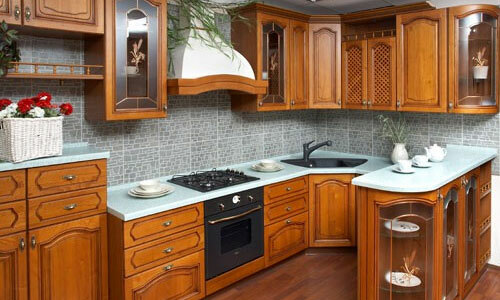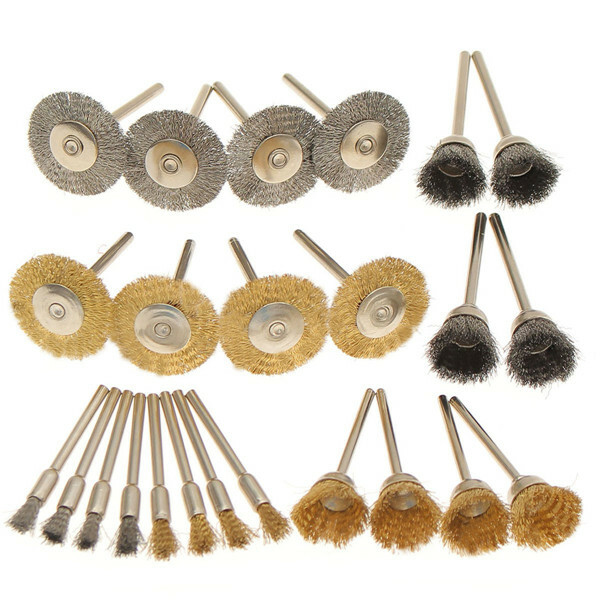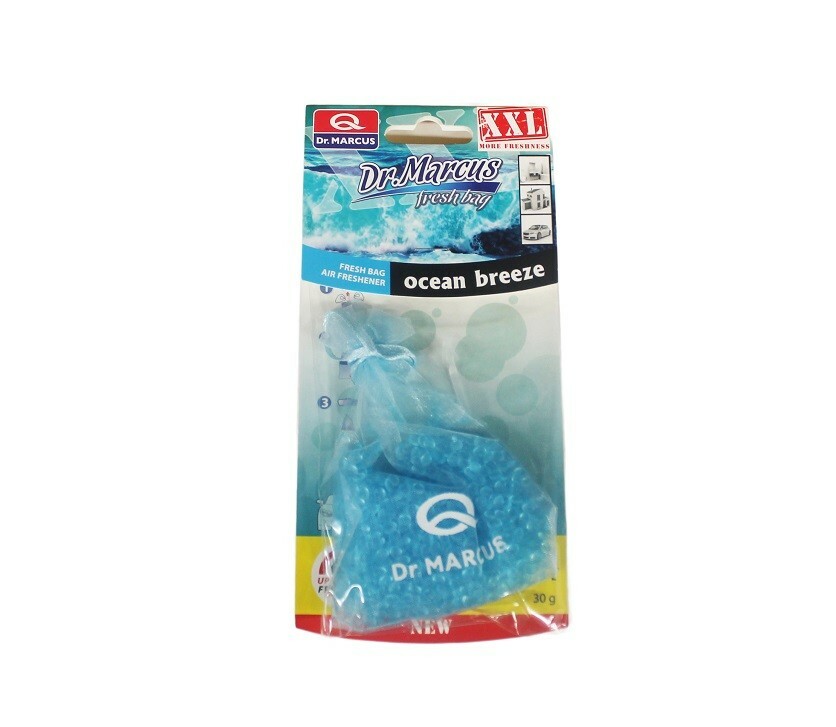It's hard to imagine a modern kitchen without hoods above the stove. Cooking without this wonderful device turns into a real flour. In addition, the furniture, walls and ceiling of the kitchen, on which fat and other substances with a characteristic odor settle, quickly acquire a filthy look.

If you are not going to make a stokehouse out of the kitchen, you should not pull the hood with the purchase. We will try to give several tips on how to choose the right hood for the kitchen, and discuss a few popular models.
Step 1: built-in or dome hood
First of all you should decide if you want to buy a dome or built-in hood. The only difference is in the installation method: the dome hood is fully visible, the built-in hood is installed in the cabinet.
The latter option is becoming more popular, as the design of the kitchen with hidden hood looks more holistic and harmonious. In addition, there is no need to "bother" about whether the device fits into the interior of the room. Built-in hoods are deflecting and telescopic. The latter are equipped with a sliding panel, which increases the size of the suction hole.
Dome hoods are divided into several varieties, the most popular of which is a fireplace option. Its name is this type of hoods due to the similarity with the fireplace ventilation systems.
Installed such an extract above the cooking surface, located near the wall, to the wall, and it is attached. In addition to the fireplace there are corner and island domed hoods, used in those cases where the stove is in a corner or in the middle of the kitchen. Obviously, these variants are not found in household kitchens.
Step 2: the
hood material During cooking, air in the kitchen is saturated with a couple of different substances that affect the hull and the hood parts in one way or another. Therefore, its durability and appearance largely depend on what material it is made of. In the production of modern models, the following materials are used:
- stainless steel;
- steel enamelled;
- powder-coated steel;
- plastic;
- tree.
Stainless steel is the most resistant to aggressive substances. However, this material will be unacceptable for those who want to install a kitchen hood, painted in any color. In this case, preference is given to the steel powder coated device, since the enamel is less resistant.
Step 3: operating mode
Its main task - getting rid of the kitchen air from soot, burning and unpleasant odors - the hood can be solved in different ways. It all depends on the mode in which this or that model works.
Air outlet
The extractor, operating in the exhaust air mode, is connected to the ventilation duct or to the outgoing duct. Saturated by aggressive vapors, air is simply thrown out into the street during operation. This mode provides the best effect, but it is not very convenient in the cold period.
After all, the amount of air withdrawn must be compensated for by an inflow from outside, for which the kitchen window should always open the window. It should be noted that the mode of tapping air is simply necessary in a kitchen with weak supply ventilation, for example, where window and door openings are filled with metal plastic.
Recirculation
The recirculation hood performs air purification, returning it back to the kitchen. Such devices are installed in those cases where it is not possible to carry out air removal for a variety of reasons. Pollution is removed with the help of filters, which we will discuss below.
Combined mode
Combined exhaust hoods can work in any of the above modes. Such a device can be considered the most convenient option, if, of course, it is possible to connect it to the air outlet channel. In summer, the exhaust can throw out the exhaust air, in winter - work as a recirculation.
Step 4:
filters If you decide to purchase a hood with the ability to work in recirculation mode, pay attention to the number of filters that must be installed in it, and their type. In most models, from 1 to 4 filters are installed. They are divided into two groups:
Grease filters
As the name implies, this type of filters is designed to remove fat constituents that richly saturate the air when cooking almost all dishes. The grease filter can be:
- disposable, made of acrylic fiber;
- reusable, made of metal.
After the acrylic filter has completely clogged, having lost the ability to perform its functions, it will have to be discarded and bought in exchange for a new one. This option is not liked by everyone, since it involves constant additional costs. Much more convenient is a metal grease trap, which can be cleaned, thus completely restoring its functionality.
Very often grease filters are supplied complete with a hood.
Coal filter
The task of the coal filter, consisting of activated carbon, includes the removal of odors, fumes and soot. These filters are only disposable and they have to be bought separately, the manufacturers do not include them in the delivery.
Step 5:
performance The main characteristic of the kitchen hood, both built-in and dome, is its capacity( the amount of air that the unit can pump out or filter out in an hour of its operation).
In the event that air is vented through the house ventilation duct, you should purchase a hood with a capacity of 200 to 250 cubic meters.m / hour. If it is possible to bring the air duct of the extractor directly to the street through a window or a hole punched through the wall, it is possible to install a more efficient device( from 300 cubic meters per hour).
In general, hoods with high performance are recommended to install in rooms with weak supply ventilation. Such a device can be equipped with not one, as in most cases, but two engines. True, it should be borne in mind that with increasing fan capacity, the noise level produced by the hood also increases.
Models with several modes of operation of the fan are very convenient to use. In branded hoods, as a rule, there are three speeds: two workers and one intensive for short-term use.
Step 6: Control of
In modern extractors, manufacturers use one of three types of control:
- touch screen;
- control by means of buttons;
- control with sliders( slider).
Since any hood is essentially a very simple appliance, none of the controls are preferred. Here, the user chooses the most convenient option for him.
Step 7: overall dimensions of the
When choosing the hood, the main condition must be adhered to: its dimensions in the plan should cover the dimensions of the plate or the hob. Most models today are available in widths of 50, 60 and 90 cm.
Overview of the popular models
Built-in hoods
Jet air SLG 2M( 60) IX
This model has gained popularity due to a combination of decent technical characteristics, excellent European quality and reasonable price. The telescopic hood is equipped with two engines, providing air exchange in the volume of 380 cubic meters.m / hour. In addition to the maximum user, two more fan speeds are available.
The hood supports both the withdrawal and air circulation modes. The device is controlled by means of sliders. The width of the model is 60 cm, depth - 45 cm. The height of the structure is only 17 cm. Lighting - two forty-watt incandescent lamps.
Bosch DHL 545S
The model from the German industrial giant also pleased the domestic consumer. The hood can operate in two modes( tap and recirculation), the output is switched stepwise( 3 speeds).In the kit there is a reusable filter grease trap, coal will have to be bought additionally. Instrument control - combined: there are buttons and sliders. The panel is illuminated by two halogen lamps of 20 W each, providing an even and comfortable light.
Electrolux EFP 60150 G
Another two-mode representative of the family of built-in hoods. The device is quite powerful( capacity in intensive mode is 460 cubic meters per hour) and at the same time miniature enough: dimensions in the plan are 60х33( depth), height - 4 cm. In this case, the dimensions of the retracting hole can be increased with the built-in telescopic mechanism. As a lighting source, a fluorescent lamp with a power of 11 W is installed.
Dome hoods
Hansa OKC 611R
Interesting in terms of design, the model is made in the style of Retro. There are three modes of performance, with the most intensive device is capable of pumping 620 cu.m of air per hour. Control - slider. This simple and reliable in operation model belongs to the budget class.
BOSCH DWB 06T850
This model, made of high-quality stainless steel, will certainly appeal to owners of large kitchens: its capacity( maximum) in the mode of exhaust air is 850 cubic meters.m / hour. The device is equipped with a reusable metal grease trap, which is easily restored with the help of washing.
The power of the fans can be adjusted - 4 speeds are available. You can also change the intensity of the halogen lamps. There are functions for automatic correction of performance and lighting, as well as the ability to automatically turn off.
BEKO CWB 9930 X
For its cost and technical characteristics, the hood is referred to the middle class: a three-speed combined exhaust with a maximum hourly output of 750 "cubes".The main "chip" of this device is an exceptionally bright design: the model is made of anti-corrosion steel and dark glass. Such an exhaust does not only maintain the freshness of the air in the cousin space, but will also bring a certain charm to the interior. Switching the fan speed and switching off can be done automatically.


